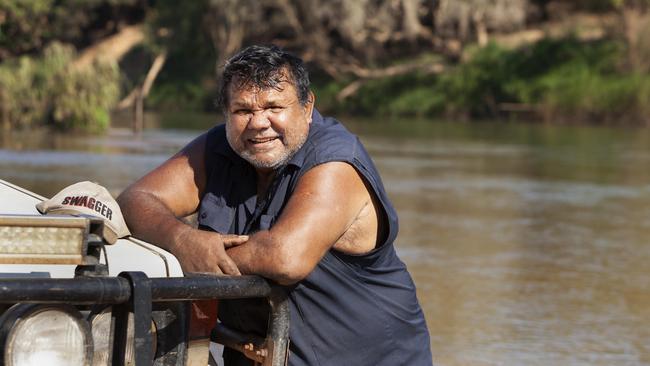Top End cotton dream to come at high cost to others
A planned 40-fold increase in the amount of cotton grown in the NT would likely require at least twice the land area suggested by industry advocates, a new report finds.

A planned 40-fold increase in the amount of cotton grown in the Northern Territory would likely require at least twice the land area suggested by industry advocates and more water than is safely available, according to a new conservation report.
The report produced by the Centre for Conservation Geography for The Pew Charitable Trusts argues that even if large cotton plantations were established, the industry might not be commercially viable because of challenging conditions and climate variability.
Growing cotton and rice in northern Australia has long been a dream of northern development enthusiasts. The 52-page report, due out on Tuesday, claims making that a reality would come at a high cost to other industries like fishing and tourism.
A 2019 cotton industry study predicted that 55,000ha of dryland cotton and 22,000ha of irrigated cotton production would be feasible by 2029. The CCG report finds two to three times that amount of land would need to be cleared to allow for crop rotations. It also finds most water resources in the favoured Daly River and Roper River regions are either over-allocated or have not been determined.
There is already not enough water to meet commitments for Strategic Aboriginal Water Reserves, the report says.
Indigenous man Mark Casey, who lives at Nauiyu on the banks of the Daly River, calls it “our life blood”.
“I’m very concerned about the future of our rivers and their floodplains – especially if we see the government allow big business like cotton to take billions of litres of water that flow in the wet (season),” he said.
“Those of us who live alongside these rivers know that healthy floods equal healthy rivers. Wet season river flows and floodplains power the natural cycle of our river systems.”
Carol Booth, one of the CCG report’s authors, says the cotton industry wants to develop “hundreds of thousands of hectares of cropping watered by billions of litres of water extracted from aquifers, rivers and floodplains”.
“The NT has an opportunity to learn from and avoid repeating the mistakes so evident in the Murray-Darling Basin,” she said.
“But the cotton industry is ignoring numerous government and scientific studies on the environmental constraints to cropping in the north and downplaying the potential for major environmental, cultural and economic impacts.”




To join the conversation, please log in. Don't have an account? Register
Join the conversation, you are commenting as Logout